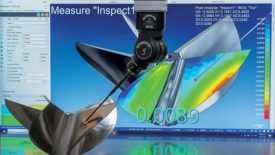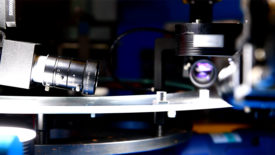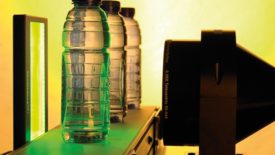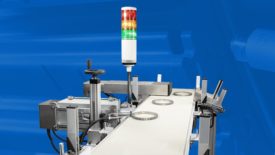Home » manufacturing
Articles Tagged with ''manufacturing''
Vision & Sensors | Trends
Trends in the Machine Vision Market
Observations on the market and the technologies that could be the next to impact applications in automation.
January 4, 2023
Vision & Sensors | Machine Vision 101
Machine Vision Standards: A Review and Update
Over machine vision's long history in industrial automation, the emergence and development of standards has been one of the key drivers in advancing this technology.
January 3, 2023
The Spending Forecast is Here
The 22nd Annual Quality Spending Survey Results
Concerns about Covid-19 are down, but inflation worries are up.
December 29, 2022
Vision & Sensors | Machine Vision 101
Machine Vision Lighting and Why It’s Important
When considering illumination, the object or field to be imaged is really what matters.
December 21, 2022
From the Editor | Darryl Seland
The Cosmos and the Rubik's Cube
Multidimensionality
December 21, 2022
Speaking of Quality | Duke Okes
The Multidimensionality of Quality
Quality offers endless opportunities to learn and contribute to the success of the organization and its employees, customers and suppliers.
December 20, 2022
Face of Quality | Jim L. Smith
Should Quality Professionals Focus on Soft Skills?
December 16, 2022
Quality 101
Nondestructive Testing Using the Resonance Acoustic Method
RAM is a volumetric approach and evaluates the whole part, both for internal and external structural flaws, metallurgical deviations, and consistency.
December 15, 2022
Stay in the know with Quality’s comprehensive coverage of
the manufacturing and metrology industries.
eNewsletter | Website | eMagazine
JOIN TODAY!Copyright ©2024. All Rights Reserved BNP Media.
Design, CMS, Hosting & Web Development :: ePublishing













